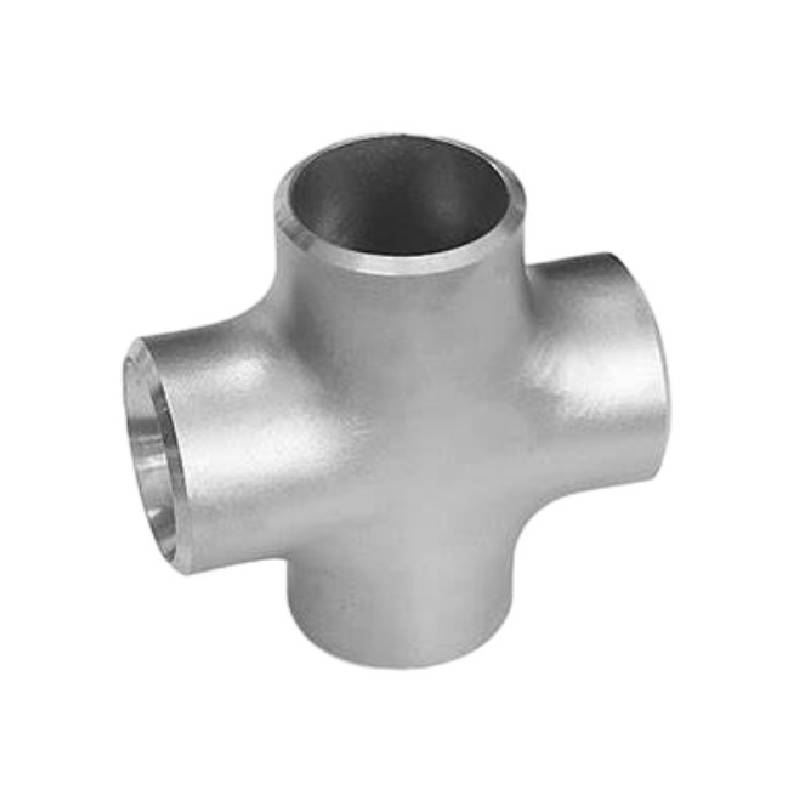-
Cangzhou Yulong Steel Co., Ltd.
-
Phone:
+86 13303177267 -
Email:
admin@ylsteelfittings.com
- English
- Arabic
- Italian
- Spanish
- Portuguese
- German
- kazakh
- Persian
- Greek
- French
- Russian
- Polish
- Thai
- Indonesian
- Vietnamese
- Zulu
- Korean
- Uzbek
- Hindi
- Serbian
- Malay
- Ukrainian
- Gujarati
- Haitian Creole
- hausa
- hawaiian
- Hebrew
- Miao
- Hungarian
- Icelandic
- igbo
- irish
- Japanese
- Javanese
- Kannada
- Khmer
- Rwandese
- Afrikaans
- Albanian
- Amharic
- Armenian
- Azerbaijani
- Basque
- Belarusian
- Bengali
- Bosnian
- Bulgarian
- Catalan
- Cebuano
- China
- China (Taiwan)
- Corsican
- Croatian
- Czech
- Danish
- Esperanto
- Estonian
- Finnish
- Frisian
- Galician
- Georgian
- Kurdish
- Kyrgyz
- Lao
- Latin
- Latvian
- Lithuanian
- Luxembourgish
- Macedonian
- Malgashi
- Malayalam
- Maltese
- Maori
- Marathi
- Mongolian
- Myanmar
- Nepali
- Norwegian
- Norwegian
- Occitan
- Pashto
- Dutch
- Punjabi
- Romanian
- Samoan
- Scottish Gaelic
- Sesotho
- Shona
- Sindhi
- Sinhala
- Slovak
- Slovenian
- Somali
- Sundanese
- Swahili
- Swedish
- Tagalog
- Tajik
- Tamil
- Tatar
- Telugu
- Turkish
- Turkmen
- Urdu
- Uighur
- Welsh
- Bantu
- Yiddish
- Yoruba

Aug . 30, 2024 13:19 Back to list
Hydrant Flange Solutions for Reliable Fire Safety
Understanding Hydrant Flanges An Essential Component in Fire Safety
In the realm of fire safety, hydrants serve as crucial lifelines, providing quick access to water in emergency situations. Among the various components of a fire hydrant, the flange plays a significant role in ensuring the reliability and efficiency of this life-saving infrastructure. In this article, we will explore the purpose, design, and importance of hydrant flanges within the broader context of firefighting systems.
A hydrant flange is the flat or protruding part that connects the hydrant body to its pipeline. It typically consists of a disc or plate that provides a surface for securing the hydrant to the ground or connecting it to the water supply system. The design of this flange is paramount, as it must withstand the pressures exerted by both the hydraulic forces of the water supply and any external impacts, such as vehicle collisions or environmental factors.
Material selection is also critical when it comes to hydrant flanges. Most commonly made from robust materials like ductile iron or stainless steel, these flanges are engineered to resist corrosion and deterioration, especially when exposed to harsh weather conditions or chemicals in the environment. This durability ensures a long service life, reducing the need for frequent replacements and maintenance costs.
One of the key functions of hydrant flanges is to allow for easy installation and maintenance of the hydrant system
. The flange typically incorporates bolt holes, enabling seamless attachment to the existing pipeline. This feature is particularly advantageous for fire departments and municipal agencies that need to repair or replace hydrants swiftly, ensuring minimal disruption to their water service.hydrant flange

Moreover, the design of the hydrant flange can contribute to the overall efficiency of fire response efforts. A well-engineered flange allows for a tight seal between the hydrant and the water source, minimizing leaks that could otherwise waste precious water resources during an emergency. This efficiency is crucial in firefighting, where every drop counts in the battle against flames.
In addition to its functional aspects, the hydrant flange plays a role in standardizing hydrant connections. Various fire brigades and municipalities may have different specifications and requirements for hydrant equipment. The standardization of flange sizes and designs helps ensure compatibility across regions, enabling effective collaboration during firefighting efforts that may span multiple jurisdictions.
It is essential to recognize the importance of hydrant flanges not just from a technical standpoint but also from the perspective of public safety and infrastructure reliability. Well-designed and maintained hydrant systems equipped with sturdy flanges can significantly reduce response times during emergencies. This reliability can be the difference between saving lives and property.
In conclusion, while often overlooked, hydrant flanges are indispensable components of fire safety infrastructure. Their structural integrity, material resilience, and role in facilitating installation and maintenance are crucial for effective firefighting operations. As we enhance our firefighting strategies and technologies, it is vital to continue investing in quality components like hydrant flanges to ensure that we are always prepared when emergency strikes. As the saying goes, “An ounce of prevention is worth a pound of cure,” and in fire safety, every component matters.
Latest news
-
ANSI 150P SS304 SO FLANGE
NewsFeb.14,2025
-
ASTM A333GR6 STEEL PIPE
NewsJan.20,2025
-
ANSI B16.5 WELDING NECK FLANGE
NewsJan.15,2026
-
ANSI B16.5 SLIP-ON FLANGE
NewsApr.19,2024
-
SABS 1123 FLANGE
NewsJan.15,2025
-
DIN86044 PLATE FLANGE
NewsApr.19,2024
-
DIN2527 BLIND FLANGE
NewsApr.12,2024
-
JIS B2311 Butt-Welding Fittings LR/SR 45°/90° /180°Seamless/Weld
NewsApr.23,2024











